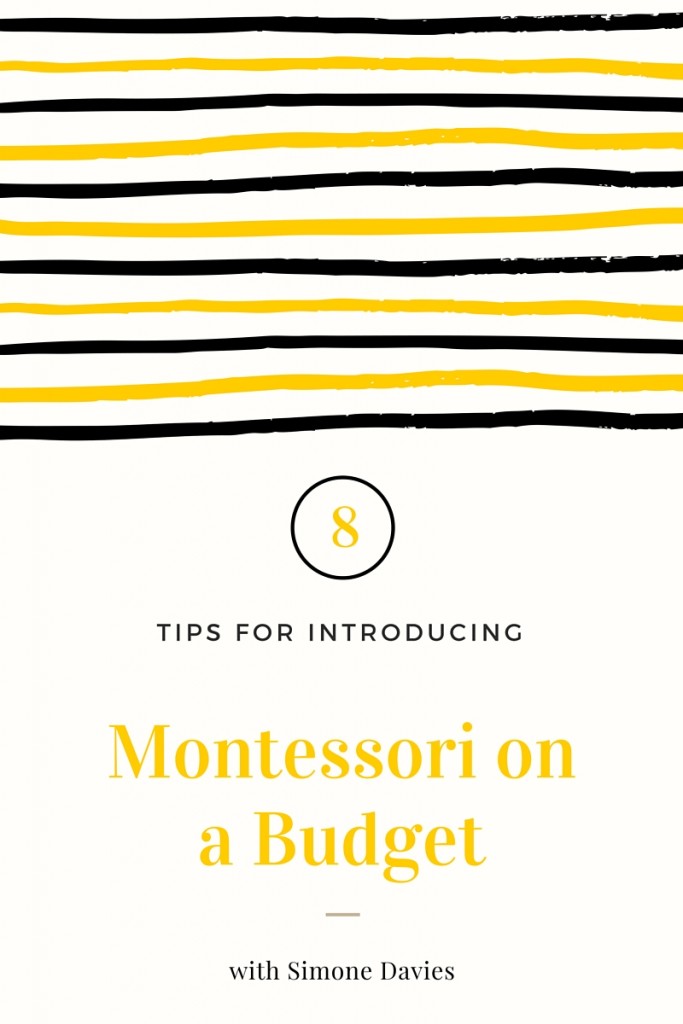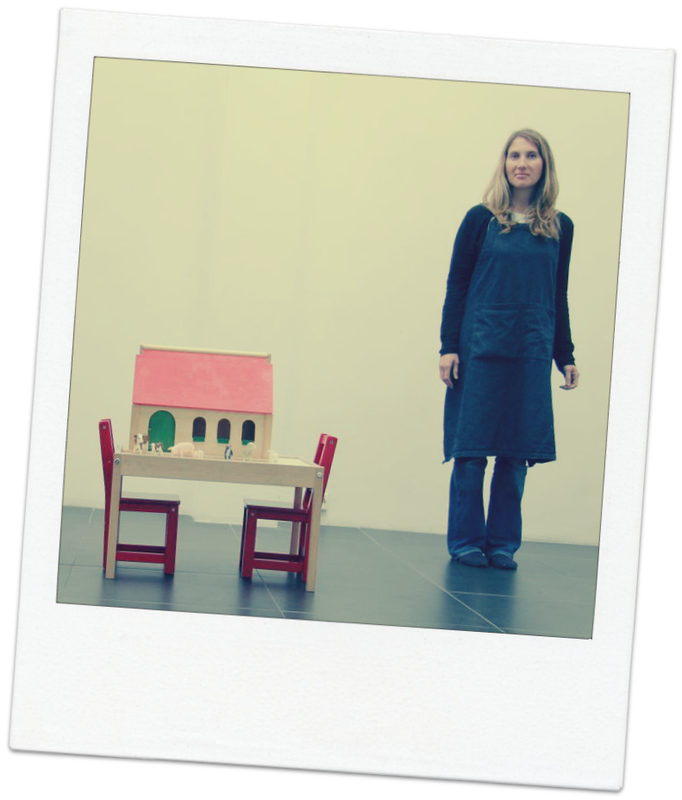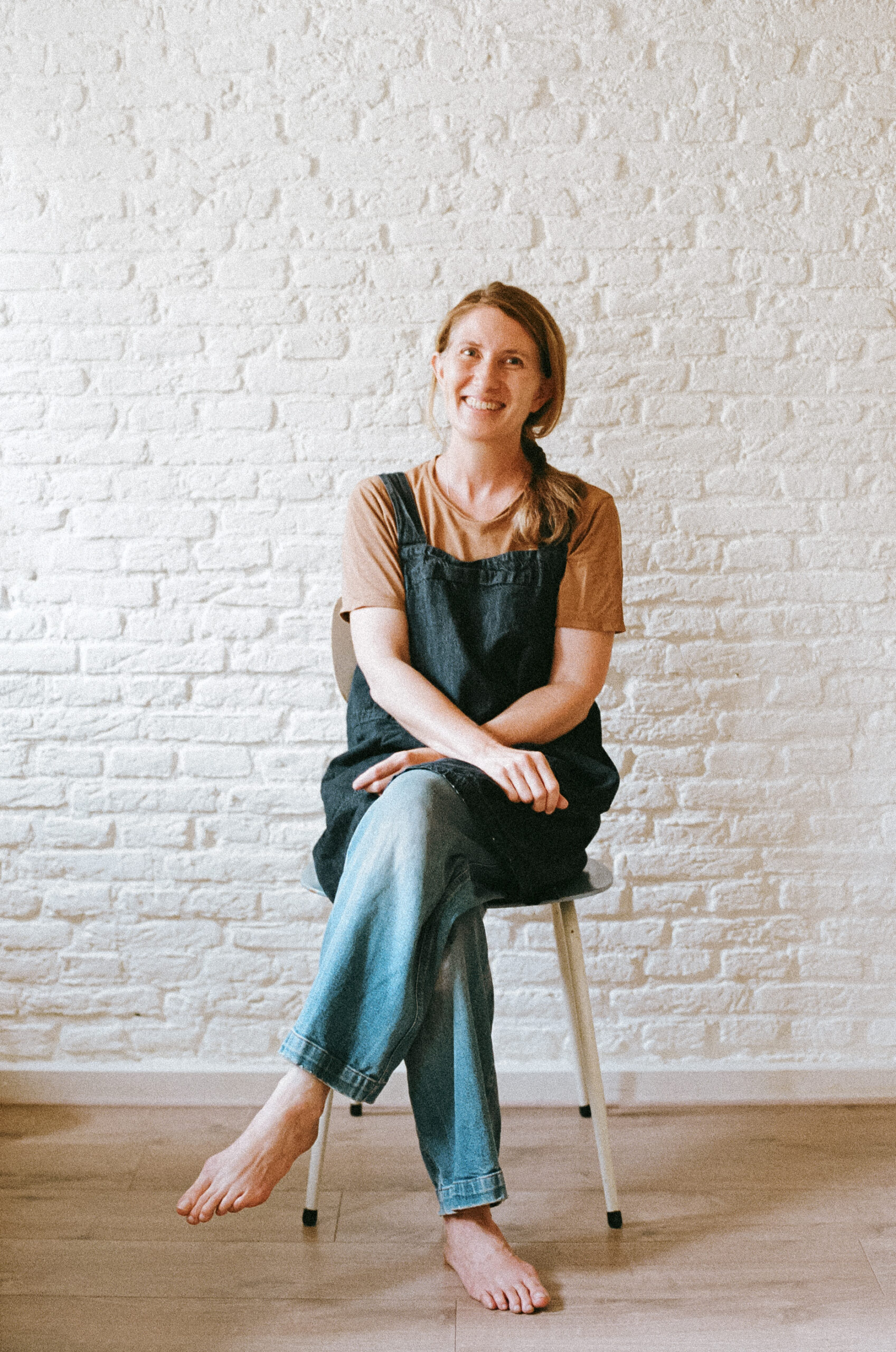Yes, you can Montessori on a budget!
Simone Davies here again to inspire you to bring more Montessori into your lives.
“Fine if you have money,” I hear you say. Well, Montessori can be for everyone. You may just need to be a little more creative.
I had a fabulous question from a reader about implementing Montessori on a budget. Their family do not have the money to buy nice wooden toys, for trays and baskets, or for buying books about Montessori.
What I love is that, despite these difficulties, this mother is finding a way to bring Montessori into her home.
Because as much as the materials are beautiful, even more than this, Montessori is a way of living with your children. How you are in the world. How you include them in daily life. How you show you trust them. How you guide them as they scaffold skills.
Also, I’m a big fan of the idea that limitations and constraints will inspire creativity on our part.
So here are some ideas I put together if you would like to “Montessori on a budget”.

1. It’s not all about the materials
A lot of what I write about here at The Montessori Notebook is about our parenting mindset. Remember this infographic here? It’s about including our children in our daily life; it’s about guiding them, rather than controlling them or leaving them completely to their own devices; and it’s about seeing things through their eyes and showing them empathy as they come up against all life throws at them – the good, the bad, the ugly.
You don’t need materials to practise this at home.
But being a Montessori parent does take practise believe me. I’ve been working in a Montessori classroom since 2004, have two children who are now 15 and 14 years old, and I am still discovering ways to do this better. My children also see me developing as a parent. I tell them I’m still learning. And hopefully through this process they also see we can always keep learning.
Even without materials you can set up your spaces at home to introduce Montessori principles – set up your home so kids can help themselves and be part of the family; look at your home from their height and see what they see; and make things beautiful with artwork (homemade is perfect!), nature collections you find around your neighbourhood, and perhaps flowers if available.
Especially if your child attends a Montessori school, it is advisable NOT to have Montessori materials from the classroom at home. The children already spend over 6 hours a day at school and need time to relax, play, and be part of the family (and time to be bored). Better to keep these materials “special” at school and they will be more engaged with them.
2. Activities of our daily life
Practical life activities are the best activities to include in the home and are generally possible without purchasing many additional items. It’s lovely to look out for child-sized implements, but it can be possible to modify what you have for your child to have success.
For example, at breakfast, you could have a small amount of cereal in a container with a scoop for your child to serve themselves; a jug with a small amount of milk; a cloth at the ready for spills.
3. Use nature
Guess what? It’s free. Getting outside and exploring nature with your kids costs nothing and enriches your child (and you). Opportunities for balance by walking along a wall, swinging on monkey bars at the closest playground, making footprints in the mud, and exploring in the woods for special seeds and leaves.
It’s also inexpensive to try planting seeds with your children. You may find that a local nursery may even give you some soil and leftover seeds.
Digging for earth worms or bugs, or perhaps bird or butterfly watching are all completely free too.
4. Libraries and toy libraries
Seek out libraries that have Montessori books or find free versions online which you can download, for example, www.gutenberg.org.
Find like minded people to share books and toys. Or look out for a toy library in your area where you may be able to borrow toys for a small amount.
5. Go bargain hunting
Once you fall in love with the Montessori approach, you may find you make discoveries in the oddest of places.
You may find some gems at thrift and second-hand stores. Wooden toys hold up well second-hand so keep your eye out for these bargains. (And don’t forget to pass on your once loved things onto neighbours, friends or sell them.)
Remember to drop into discount stores, chain stores and dollar shops from time to time as stock changes. Most likely your finds won’t even be toys. But ice cube trays which you can use for sorting pebbles, sugar tongs for working the hand, a keyring which can be hidden in an old purse for your child to practise zippers. You may be able to find cheap baskets and trays in Asian supermarkets too or on eBay.
For those in Amsterdam, I like to go hunting at Xenos, Action, Hema and Blokker. You can find some great things at Flying Tiger and Sostrene Grene too. Also, fill your pockets with loose change on Kings Day and you may will find a few treasures in the yard sales around town.
Love it or hate it we keep on coming back to Ikea. They have affordable furniture which can be easily used in our homes to add independence. I’ve recently been shown an IKEA wine rack which can be used as a low bench. Or a LACK tv unit which can be used as a low shelf for displaying activities.
6. Don’t buy materials, buy storage
Having a clutter-free space makes your home feel calmer and your children can be more engaged with the things that are available to them. So it’s not about more stuff – I’m always advocating less is more – and the things you do have can be rotated and stored when not in use.
Then your child will see their things with fresh eyes and you will get more longevity out of your toys. While having less clutter in your homes.
So put aside a small amount of money each week and, at the end of the year, buy some more storage for your things.
7. Make a wishlist
Even more frustrating is that when you are on a budget, you may still receive gifts from well-meaning relatives that are unwanted. I think it’s ok to have a wishlist with suggestions for your family and friends. For example, telling people you are collecting farm animals, or good quality pencils, or a book list and asking if they would like to add one to your collection.
8. Make your own
If you are handy, get creating. For example:
- You can make some furniture from pallets, eg, a seating area with a piece of foam on top
- Make a posting box from an old shoe box or plastic container with a hole cut in it
- Practice threading using a straw and penne pasta pieces
- Use toilet rolls to build a marble run with preschoolers
- Find ingredients in your kitchen for science experiments
Just keep looking for possibilities.
To close, I’d like to share what the same parent wrote to me a little later:
Through your posts and advice I am slowly coming to a realisation that Montessori isn’t all about the nice wooden materials and the specific principles or there uses, but can really be about getting back to basics. I’ve come to recognise that practical life works too can be lessons in other areas ie baking = science, maths, sensory and develops motor skills. Meaning as long as my son is being shown how to engage in everyday activities, learning how to live in OUR immediate environment, he will continue to make progress and we can definitely consider it Montessori.
Providing him with as much ability to be as independent as he can/wants to be is something we are now working towards. It’s not so easy with limited storage to facilitate certain things (ie making snacks easily accessible or a cupboard in the kitchen with things he is allowed to access) yet its not completely unattainable it just means we have to be more flexible and realistic with our expectations.
I too am really excited it feels like the beginning of a new adventure ;).”
So be inspired…onwards!
Have a lovely week and I’ll be back soon with more inspiration for you hand-delivered to your inbox in a couple of weeks’ time.
Warmest wishes,
Simone


Simone Davies has more than 20 years’ experience as an AMI Montessori educator. Simone is the author of “The Montessori Toddler” and co-author of “The Montessori Baby” and “The Montessori Child” books, comprehensive guides to raising children in a Montessori way. She currently runs parent-child Montessori classes in Amsterdam at her school Jacaranda Tree Montessori. She also has a popular blog, instagram and podcast “The Montessori Notebook” and is mother to two young adults.